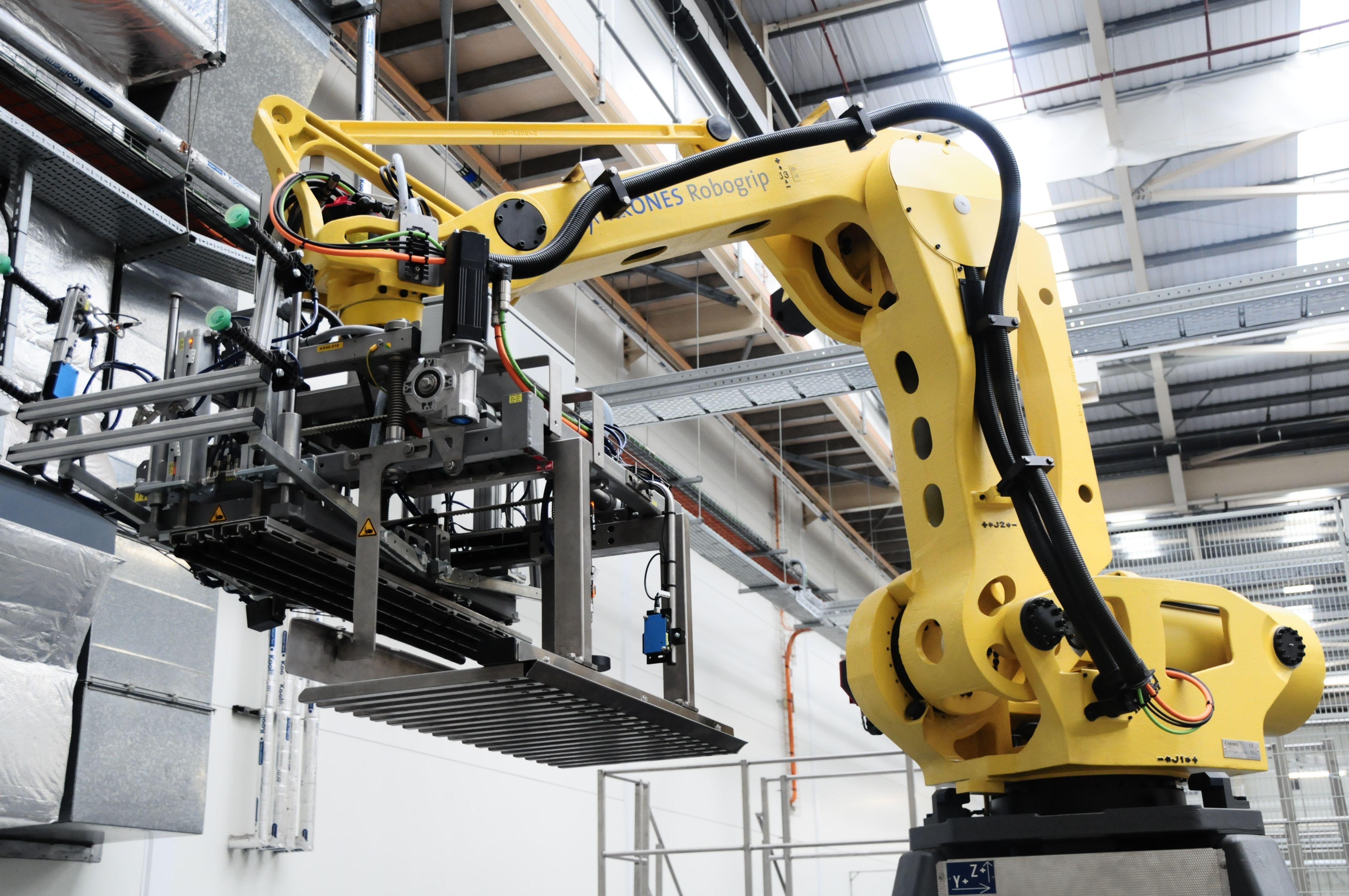
Effectively managing the flow of materials and components is paramount for any modern enterprise. Streamlining your supply chain for industrial equipment and related supplies can significantly enhance operational efficiency and resource utilization. Below, we outline several fundamental approaches to achieve this optimization.
-
Centralized Procurement Model
Consolidating all purchasing activities through a single, dedicated department or platform. This strategy fosters greater control, enables leveraging bulk purchasing power for advantageous terms, and standardizes the acquisition of diverse industrial equipment across all operational units.
-
Vendor Managed Inventory (VMI)
Delegating the responsibility for inventory management to key suppliers. Suppliers actively monitor stock levels and proactively replenish factory supply, which minimizes internal overhead, prevents stockouts, and ensures the timely availability of critical manufacturing components.
-
Just-In-Time (JIT) Delivery Systems
Implementing a system where materials and engineering tools are received precisely at the moment they are required for production. This method dramatically reduces warehousing costs and minimizes waste by holding minimal inventory, demanding tight coordination with your industrial distributor partners.
Evaluating Supply Chain Approaches: Essential Criteria
When considering which supply chain strategy best suits your organization, a structured evaluation based on clear criteria is crucial. Focus on these aspects to make an informed decision regarding your supply company partnerships and internal processes.
-
Cost Efficiency
Assess the direct and indirect expenses associated with each method, encompassing procurement, inventory holding, and operational overheads. The focus should be on long-term resource allocation and expenditure reduction.
-
Operational Agility
Evaluate the speed and effectiveness with which each approach can adapt to shifts in demand, market fluctuations, or unforeseen disruptions in the supply of hardware parts or technical equipment.
-
Supply Reliability
Determine the consistency and predictability of material availability. Consider the potential risk of stockouts and the overall robustness of the system in maintaining continuous operations for essential industrial parts.
-
Resource Utilization
Examine how effectively each method optimizes internal resources, such as personnel time, storage space, and administrative effort involved in managing construction materials and other vital supplies.
Comparative Analysis of Supply Chain Strategies
The Centralized Procurement Model often yields substantial cost efficiencies. By consolidating orders, companies gain stronger negotiation leverage with their supply company partners, securing better terms and reducing administrative duplication. While the initial setup might require significant internal resources, the long-term benefits in terms of controlled spending on industrial equipment are considerable.
Regarding agility and reliability, centralized systems, while excellent for maintaining control, can sometimes exhibit less responsiveness to urgent, localized needs due to inherent bureaucratic layers. However, they significantly enhance overall supply reliability by standardizing vendor selection and enforcing consistent quality control across all types of manufacturing components, mitigating risks.
Vendor Managed Inventory (VMI) profoundly impacts cost efficiency by drastically reducing internal inventory holding costs, freeing up valuable working capital. This model also optimizes internal resource utilization by shifting the burden of stock management to the supplier, allowing internal teams to concentrate on core production activities, especially for high-volume industrial parts.
VMI also enhances operational agility by enabling suppliers to react directly and promptly to real-time consumption patterns, which is highly effective in preventing stockouts. Supply reliability is generally robust, as suppliers are directly incentivized to maintain optimal inventory levels, ensuring a consistent factory supply of critical items without internal oversight.
The Just-In-Time (JIT) Delivery System is unmatched in its ability to minimize inventory costs and maximize storage space utilization. It drastically reduces waste and ties up minimal capital in stock. However, its success is predicated on an exceptionally efficient and reliable industrial distributor network and highly accurate forecasting for items like engineering tools.
JIT offers high agility for production adjustments, provided the supply chain is resilient and well-coordinated. Yet, its reliability is critically dependent on flawless execution and a near-zero tolerance for disruptions. Any minor hiccup in the delivery of vital hardware parts can potentially halt entire operations, necessitating extremely strong and transparent supplier relationships.
Recommendations for Strategic Implementation
For organizations prioritizing maximum control and seeking significant cost reductions through economies of scale, particularly when procuring a diverse range of industrial equipment and construction materials, the Centralized Procurement Model is frequently the most effective choice. It ensures consistency in purchasing and leverages collective buying power across the entire enterprise.
When dealing with high-volume, repetitive factory supply items and aiming to reduce internal inventory management overhead, Vendor Managed Inventory (VMI) offers a compelling solution. This approach allows clients of BKEY Industrial Supply Inc. to streamline their operations, enabling them to focus on production while trusted suppliers manage the stock levels of crucial industrial parts.
Businesses operating in highly lean environments where minimizing waste and inventory holding is paramount should strongly consider Just-In-Time (JIT) Delivery Systems. This method is ideally suited for scenarios with stable production schedules and requires exceptionally reliable partnerships with an industrial distributor for critical technical equipment and components.
Ultimately, the most effective strategy might be a hybrid approach, integrating elements from each method. For instance, utilizing centralized procurement for strategic manufacturing components, VMI for consumables, and JIT for specific production-critical items. A thorough analysis of your specific operational needs and supply chain dynamics is essential for making the optimal choice.



There are no comments yet